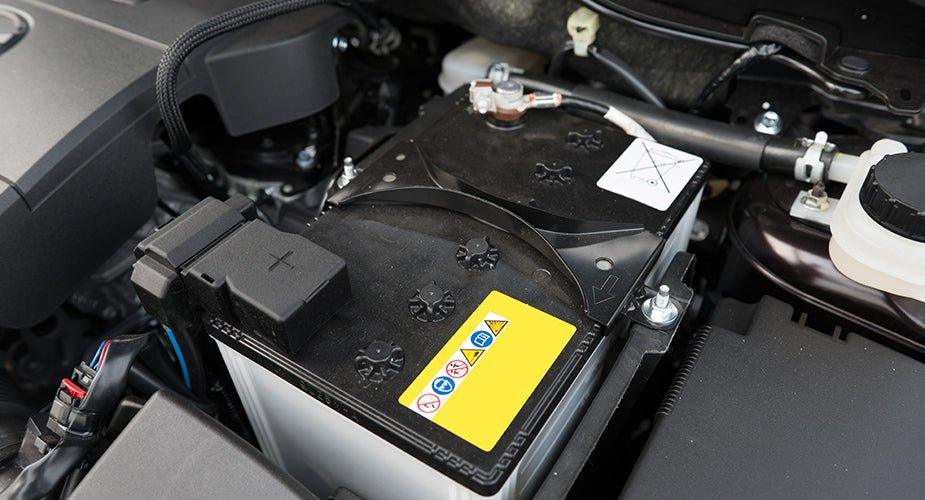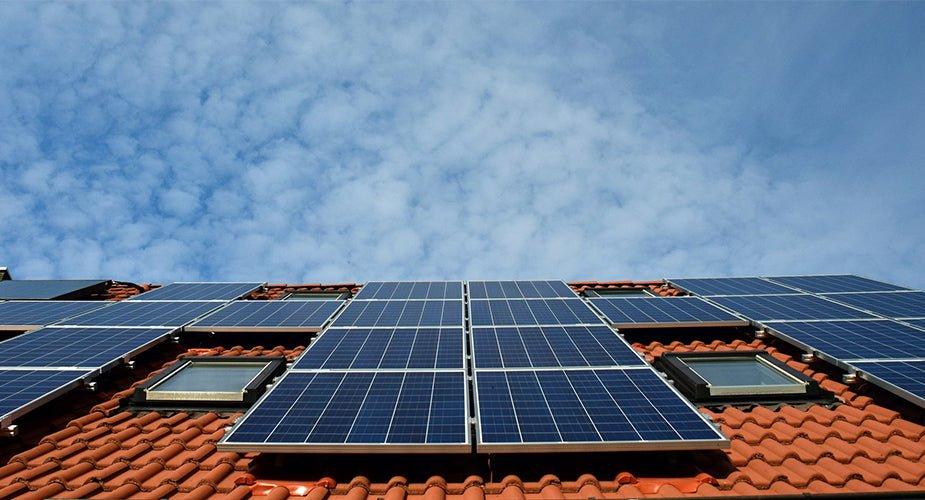Acid for lead acid battery use a combination of lead and sulphuric acid to work. It is suitable for use across several industries as well as for general public purposes. The lead is dipped into the sulphuric acid solution to allow a controlled chemical reaction to happen and it is this chemical reaction that causes the battery to produce electricity.

As mentioned before, lead acid batteries are used in different industries such as the automotive industry, the aviation industry, and the medical equipment industry. Aside from these, this type of battery is also used for forklifts, golf carts, wheelchairs, alarm and security systems, and last but certainly not the least, emergency/backup power source.
Speaking of backup power sources, solar generators are becoming more and more in demand these days due to their portability, clean and renewable source of energy and of course, rechargeable batteries (a much better option than having to buy fuel again and again). A 12v lead acid battery is one of the most common types of lead acid battery used in solar generators because of its credibility.

Nature’s Generator is a go-to brand when it comes to reliable solar power generators that use a 12V lead acid battery for their generator and power pods. They currently offer three types of systems that are upgradeable and expandable.
Nature’s Generator 1800W is the starter kit for people who are looking for a portable solar generator that they can use for emergency purposes or when they’re going camping. It comes with a 12v 60Ah (720Wh) AGM sealed lead acid battery and can generate a maximum output power of 1800W. Buying additional power pods (think an extra pack or two of 12v lead acid batteries) will up the juice level of this humble Genset.
Containing a maximum output power of 3600W is Nature’s Generator Elite. This second variant from Nature’s Generator also makes use of a 12v AGM-sealed lead acid battery at 100Ah (1200Wh), twice the capacity of its Gold variant. This solar power system is also expandable just in case the need for more power is needed in the future.
Finally, Powerhouse is Nature’s Generator’s answer to those who are looking for a monster power backup system that can handle the whole household. Boasting 7200W maximum power capacity with a split phase feature (120V and 240V), Powerhouse is a serious contender when it comes to providing power requirements. Its massive 48V 100Ah (4800Wh) AGM-sealed lead acid battery capacity (twice as much as a 12v lead acid battery) is also not joking in terms of providing a major amount of power juice.

As you can see from the examples above, lead acid batteries are used in very important and major applications. This is why it is crucial to learn how to manage them accordingly. Proper handling and maintenance is the key to achieving and utilizing the maximum potential of a lead acid battery.
Tips on How to Keep your Lead Acid Batteries in TipTop Shape
In order to maximize the lifespan of a acid for lead acid battery and keep you, the people around you, and your surroundings safe, you must know what are the things that you should and should not do when charging, storing, and utilizing it.
Make sure to charge in a well-ventilated area - Providing ample breathing space for the battery to charge properly will make the charging process smooth and easy.
Avoid storing batteries in low charge state - Ideally, batteries should be stored in a fully charged state to make space for self-discharge and to avoid sulfation. Sulfation is the build-up of lead sulfate crystals on a battery’s lead plates which can affect the battery’s performance or may even cause the battery to stop working at all.
Avoid “flattening” the battery - Flattening or completely discharging a battery can seriously shorten its life. Old batteries that become flat should be replaced with new ones to avoid possible issues in the future.
Avoid charging at high temperatures - Charging at high temperatures reduces battery life and may even cause permanent damage in terms of battery capacity. As much as possible, refrain from charging if the temperature is above 50°C/122°F.
Do not allow the battery to freeze - Apart from avoiding high temperatures, it is also not a good idea to let your lead acid battery to freeze because this may cause significant damage to its components. The last thing you would like to experience is taking your battery out for use only to realize that it’s conked out.
Frequently Asked Questions about Lead Acid Battery
Below are some of the typical and most frequently asked questions that people want to be answered about lead acid batteries.
Are Lead Acid Rechargeable Batteries Harmful?
Just like any type of battery, lead-acid batteries contain chemicals that may cause harm to your health and the environment. To avoid possible injuries, make sure to practice proper handling procedures at all times.
How to dispose of Lead Acid Batteries?
Batteries, whatever type they may be including lead acid batteries, should be disposed of properly. This is to prevent any potential harm or damage from any of the hazardous components of the battery. You may drop off your old lead acid battery to the nearest battery recycling center in your area or visit Call2Recycle, the national battery recycling program in the country so you can be assisted on where you can send or drop off your old battery.
How long do Lead Acid Batteries take to charge?
Bear in mind that the charging hours mainly depend on the capacity of the battery. Typically, a full charge can take up to between 10 to 16 hours.
Final Thoughts
12v lead acid battery are one of the most trusted types of batteries in the world. It is safe to say that it is not going anywhere anytime soon because of its proven efficiency, practicality, and most importantly, reliability. What people just need to keep in mind is to practice proper disposal of any kind of battery including lead acid batteries to ensure the safety of everyone and our planet.
* We want to give credit where credit is due. Professional writer, Ann Matthew, contributed research and content to this blog titled: 12V LEAD ACID BATTERY Thank you, Ann, for your contributions!













